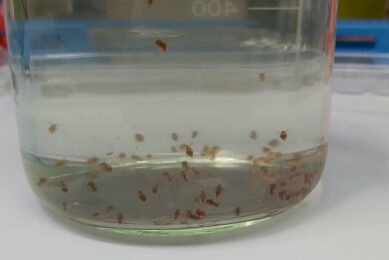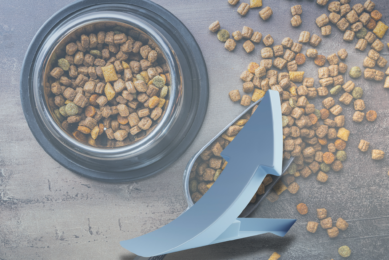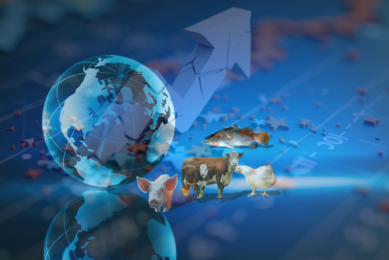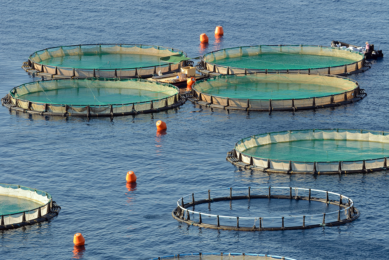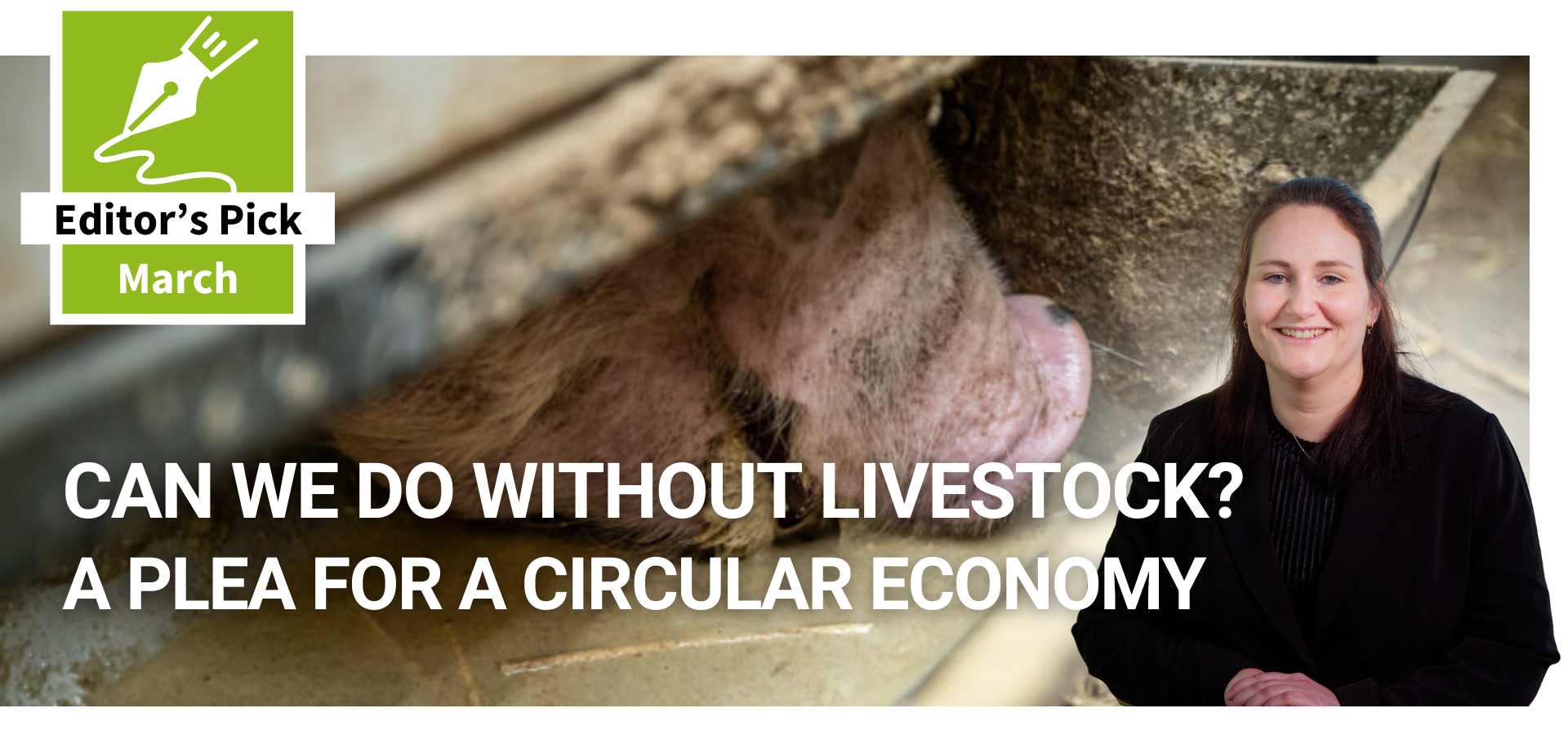Russia aims for 90% self-sufficiency in aquafeed by 2030
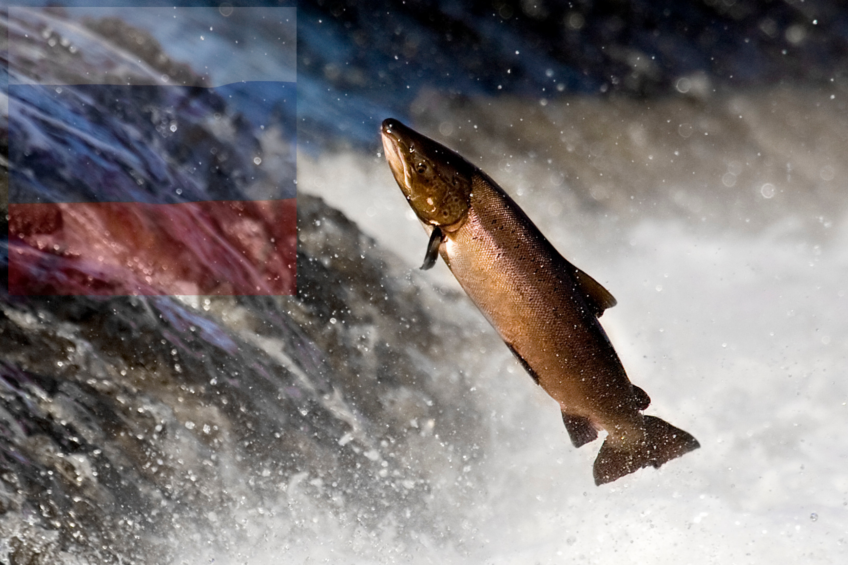
As the Atlantic salmon industry experiences a shortage of fish feed, the Russian government assures measures are being taken to address the challenge.
By 2030, Russian aquafeed production is expected to reach 250,000 tonnes, enough to meet roughly 90% of demand on the domestic market, Dmitry Patrushev, Deputy Prime Minister, said during a recent industry conference.
Under the Russian industry development programme, aquaculture production is projected to reach 600,000 tonnes by 2030, up from 402,000 tonnes in 2023.
Russian aquaculture’s vulnerability
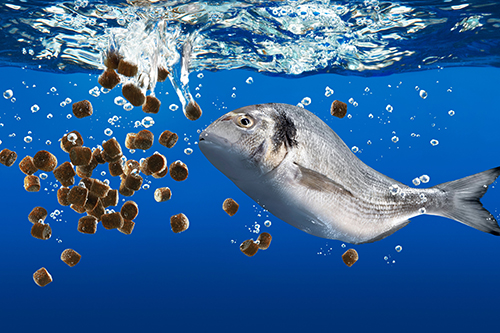
The Russian government is primarily focused on supporting the economy segments where problems are seen, Patrushev said, explaining that Russia historically imported the lion’s share of its fish feed. This dependence exposed Russian aquaculture’s vulnerability in the last couple of years, as a large number of foreign suppliers put exports to Russia on a halt in the context of Western sanctions.
First results are positive
Patrushev claimed that the government’s efforts have already borne some fruits, saying that several new feed mills focused on aquafeed production were launched in the country, including in North Osetia, the Tver region, and Astrakhan Krai.
In the meantime, the Russian salmon market is reportedly in turbulence. For instance, Tanuki-Family, a prominent restaurant chain, has recently warned of a 30% hike in salmon prices on the Russian market, citing a lack of imported inputs.
Tight dependence on fish feed imports
Russian fish feed imports are on the downward track, but the country’s dependence on European and, in particular, Scandinavian products remains tight.
As estimated by Agroconsult, a Moscow-based think tank, in 2023, the country imported around 130,000 tonnes of feed, compared to 148,000 tonnes in 2022 and 173,000 tonnes in 2021.
Russian fish farms used to purchase feed mainly from local dealers of BioMar and RAISIOaqua and or imported it directly from European manufacturers, the analysts stated.
Western sanctions imposed against Russia during the last 2 years wreaked havoc on fish feed imports. Several companies, including BioMar, Raisio, and later Skretting, suspended direct sales to the country. Besides, the Russian rouble’s exchange rate fluctuations, coupled with logistics issues and difficulties in making payments to foreign customers, fuelled a rise in costs.
Alternative import sources
However, fish feed imports from Turkey, Belarus and some European suppliers on the contrary surged, helping to fill the gap.
For example, in 2022, feed imports from the Norwegian company EWOS AS jumped to 35,400 tonnes compared to 6,600 tonnes in 2021. Preliminary data indicates the trend continued into 2023, and several other foreign companies also saw their sales to Russia soaring.




